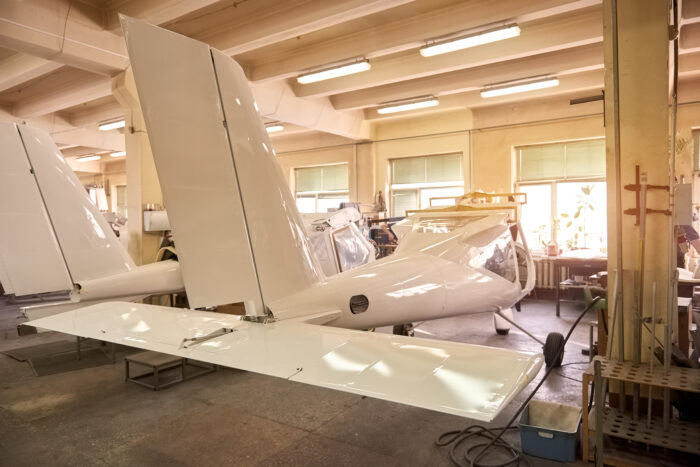Composite Technicians

Considering a career as a Composite Technician?
In the aerospace industry, composite technicians are essential for the production of lightweight and high-strength components used in aircraft and spacecraft. These components include wings, fuselage sections, tail sections, engine nacelles, and more. Here’s what composite technicians would specifically do in the aerospace sector:
- Manufacturing Aircraft Parts: Composite technicians are responsible for manufacturing various aircraft parts using composite materials. This could involve laying up layers of composite materials, positioning them in molds, and then curing them under controlled conditions to create the final part.
- Mold Preparation: They prepare molds and tooling used in the fabrication process. Proper mold preparation ensures that the composite materials adhere correctly and take the desired shape during the curing process.
- Lamination and Layering: Composite technicians lay up different layers of composite materials, such as carbon fiber sheets or prepreg (pre-impregnated) materials, in specific orientations to achieve the desired mechanical properties. This process requires careful attention to detail to ensure consistent and high-quality laminates.
- Vacuum Bagging and Curing: After the layers are laid up, technicians might use techniques like vacuum bagging to remove air and ensure proper compaction of the composite layers. Then, they apply heat and pressure in an autoclave or oven to cure the composite materials, creating a strong and durable structure.
- Trimming and Shaping: Once the cured composite parts are removed from the molds, composite technicians may need to trim, shape, and finish them according to precise specifications. This step ensures that the parts fit perfectly into the final assembly.
- Assembly and Integration: Composite technicians assemble composite components into larger structures, such as wings, fuselage sections, and empennages (tail sections). They often work in collaboration with other aerospace professionals, such as engineers and aircraft assemblers, to ensure seamless integration.
- Quality Control and Inspection: Aerospace applications demand the highest level of quality and safety. Composite technicians are responsible for inspecting finished parts using non-destructive testing techniques, ensuring that the components meet strict industry and regulatory standards.
- Repair and Maintenance: In the aerospace industry, where safety is paramount, composite technicians may also be involved in repairing and maintaining composite parts. This could include identifying and repairing damage, delamination, or other issues that may arise over time.
- Adherence to Regulations: Aerospace manufacturing must adhere to rigorous regulatory standards and certifications. Composite technicians need to ensure that their work meets these requirements and maintains the high standards necessary for flightworthy components.
- Incorporating Innovation: As new materials and technologies emerge, composite technicians in aerospace may need to adapt and adopt innovative techniques to enhance the performance, durability, and efficiency of composite components.
Composite technicians play a critical role in the aerospace industry by contributing to the development of lighter, more fuel-efficient, and environmentally friendly aircraft and spacecraft. Their skills and expertise are essential for meeting the challenges and demands of modern aerospace engineering.
Looking for your next Composite Technician job?
Contact the Saxon Aerospace team today or check out our current job openings.
